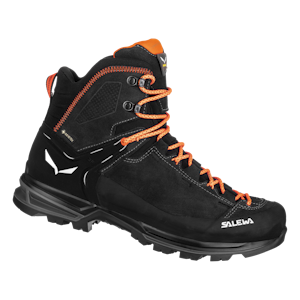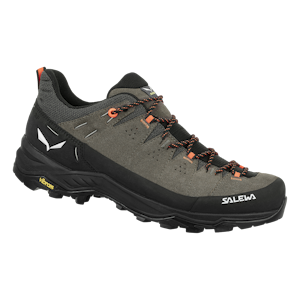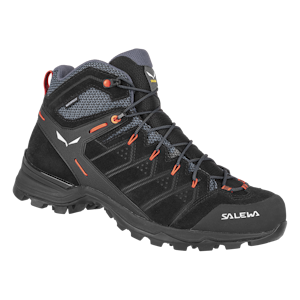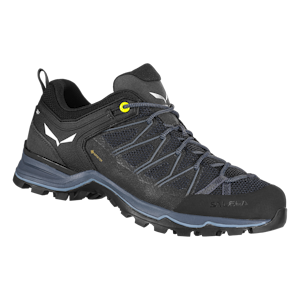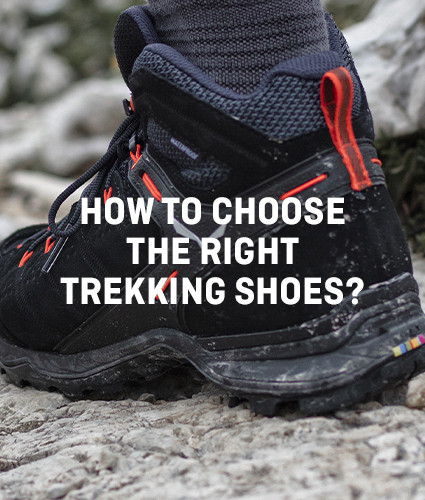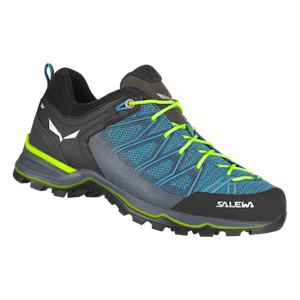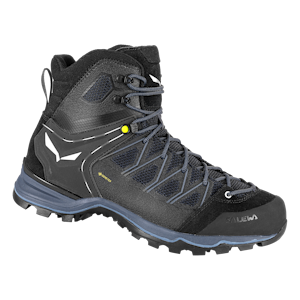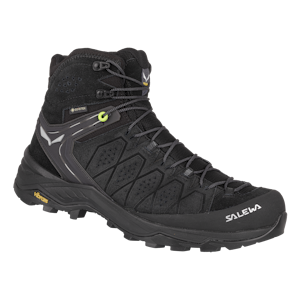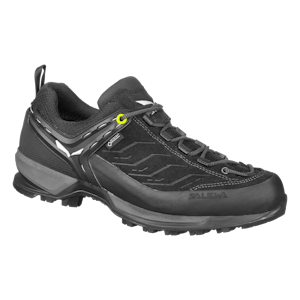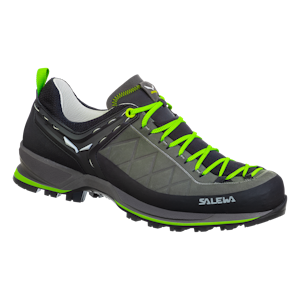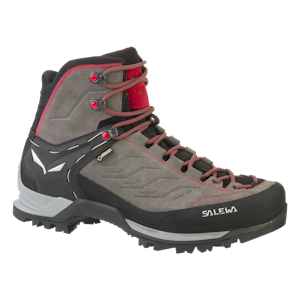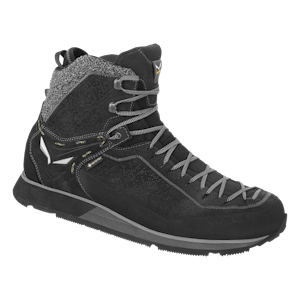Trekking & Hiking Shoes
(16 Products)How to choose the right hiking boots?
Choosing the right hiking boots depends on how and where you hike. Are we talking day hiking, short backpacking trips or multi-day trekking with a heavy pack? Do you plan to hike only on trails or off into the backcountry mountain wilderness? Do you want to climb in them too?
What kinds of hiking footwear is there?
There is a wide range of options to choose from. Think about the amount of support you need:
- Low-cut
Lightweight, low-cut hiking shoes have flexible midsoles and are excellent for day hiking. - Mid- to high-cut
Flexible mid- to high-cut boots are ideal for day hikes or short trekking trips with light packs, for example a hut-to-hut tour. - High-cut boots
High-cut boots offer more support, especially when carrying a heavier backpack.
They are the go-to option for most mountaineers.
For scrambling and shorter, but more technical routes to climbing areas, consider an approach shoe.
Should I buy waterproof hiking shoes?
Walking boots have uppers either made of leather or synthetic materials or a combination of both. Treated leather offers natural protection against the elements. Synthetic uppers tend to be lighter in weight and are very breathable. To provide waterproof protection, they have a GORE-TEX® membrane to wick sweat away through the upper and keep your feet dry and comfortable on the trail.
For summer hiking trips in hot, dry weather, you might even prefer walking shoes without a membrane liner.
How should hiking shoes fit?
Hiking boots should fit securely, especially at the heel, and offer wiggle room for your toes. Obviously, check your foot size before you buy. An easy way to check the fit, is to take the footbeds out of your boots and stand on them. Ideally, you should have a thumb’s width of space between your longest toe and the end of the insole. Bear in mind that your feet normally swell a bit over the course of the day.
What to look for when buying hiking boots and shoes?
How flexible or stiff should your boot be? The midsole inside your boot provides cushioning and absorbency. Stiffer boots offer greater comfort and stability in rocky terrain.
Midsoles are generally made of EVA (ethylene vinyl acetate) or PU (polyurethane).
- Polyurethane
Polyurethane is generally firmer and more durable and is used in trekking and mountaineering boots. - EVA
EVA is lighter and has more cushioning elastic properties. Midsoles use varying densities of EVA where it’s needed.
Hiking footwear is equipped with outsoles made of specialist rubber compounds. They have lug patterns that deliver the required grip, traction and precision for each type of hiking.
If you’re planning on using your boots for mountaineering or winter backpacking, having crampon-compatible boots is essential.



